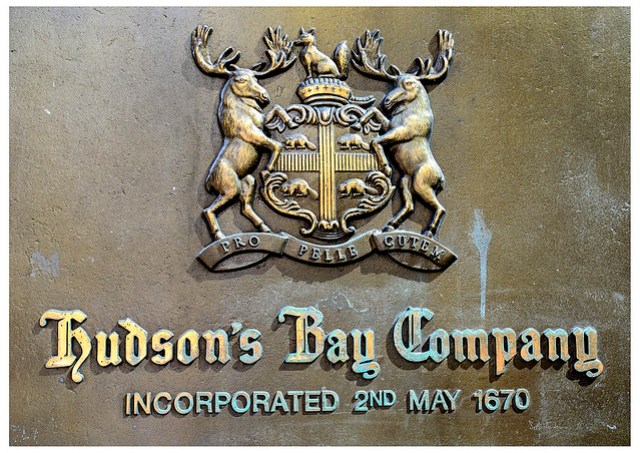
Ride Smarter on the Google Train.
I wonder how this new development will play out. Will the traffic plummet for Spanish publications? Or will it not matter? And how exactly does Google News move past this trend of European countries1 demanding Google pay for fair use inclusion? Does this relate to blogging Fair Use?
Google Inc. said Wednesday it will shut its Google News service in Spain because a new law will require the company to pay publishers for displaying any portion of their work.
In a blog post, Google said it also will remove Spanish publishers from the service.
The legislation, which takes effect in January, requires Spanish publishers to charge services like Google News for showing excerpts or snippets from their publications, Google said.
“As Google News itself makes no money (we do not show any advertising on the site) this new approach is simply not sustainable,” Richard Gingras, head of Google News, wrote in a blog. He said the service will close Dec. 16.
(click here to continue reading Google Shutting Google News in Spain – WSJ.)
From Google’s Europe Blog:
[Google News is] a service that hundreds of millions of users love and trust, including many here in Spain. It’s free to use and includes everything from the world’s biggest newspapers to small, local publications and bloggers. Publishers can choose whether or not they want their articles to appear in Google News — and the vast majority choose to be included for very good reason. Google News creates real value for these publications by driving people to their websites, which in turn helps generate advertising revenues.
But sadly, as a result of a new Spanish law, we’ll shortly have to close Google News in Spain. Let me explain why. This new legislation requires every Spanish publication to charge services like Google News for showing even the smallest snippet from their publications, whether they want to or not. As Google News itself makes no money (we do not show any advertising on the site) this new approach is simply not sustainable. So it’s with real sadness that on 16 December (before the new law comes into effect in January) we’ll remove Spanish publishers from Google News, and close Google News in Spain.
For centuries publishers were limited in how widely they could distribute the printed page. The Internet changed all that — creating tremendous opportunities but also real challenges for publishers as competition both for readers’ attention and for advertising Euros increased. We’re committed to helping the news industry meet that challenge and look forward to continuing to work with our thousands of partners globally, as well as in Spain, to help them increase their online readership and revenues.
(click here to continue reading Google Europe Blog.)
Germany already has some data on how well it works, we’ll soon see if politicians are getting angry phone calls from media websites:
A German law now requires Google to secure the rights to publish any content other than links to articles and headlines. Google refused to pay for those rights, but gave publishers a choice: offer them free or face the removal of snippets and thumbnails from its services like Google News.
German media giant Axel Springer , a Google critic, demanded payment from Google for a time this fall. But Axel granted Google a free license when traffic from Google News and Google’s search engine plunged.
“I imagine the news outlets for which the law was designed will start to miss the traffic that Google sent their way,” said Colin Sebastian, an analyst at R.W. Baird.
I’ve long used Google News as a primary jumping off point to read news sites, for what it’s worth…
Footnotes:- and Rupert Murdoch companies [↩]






































